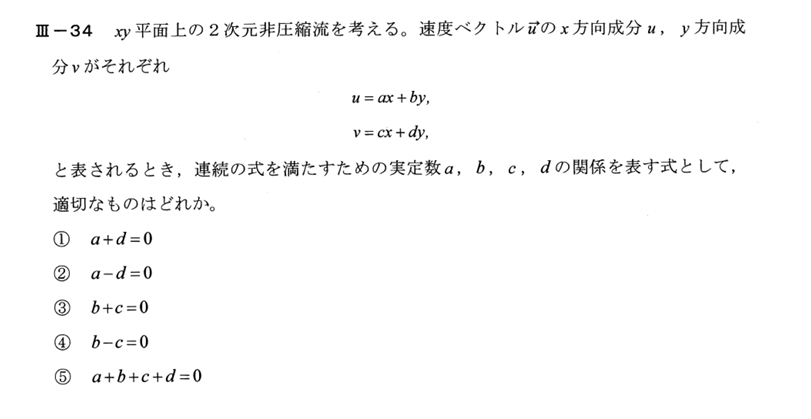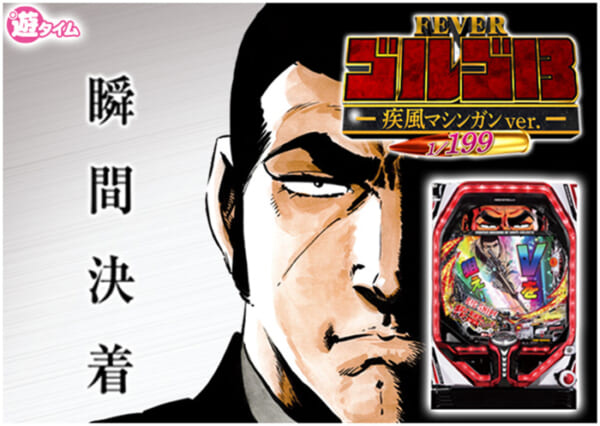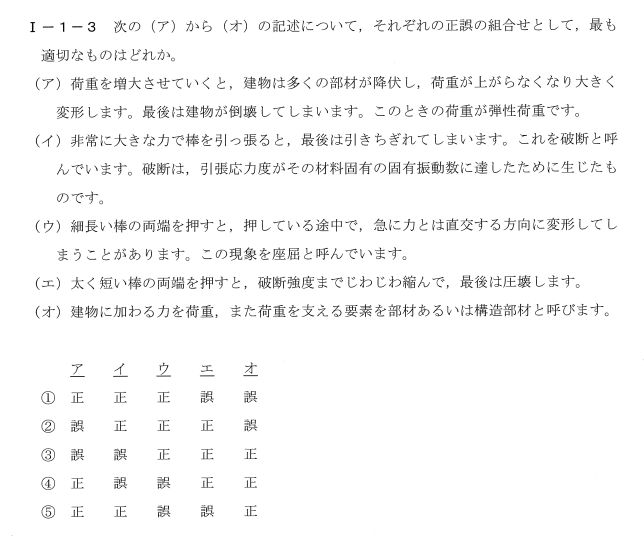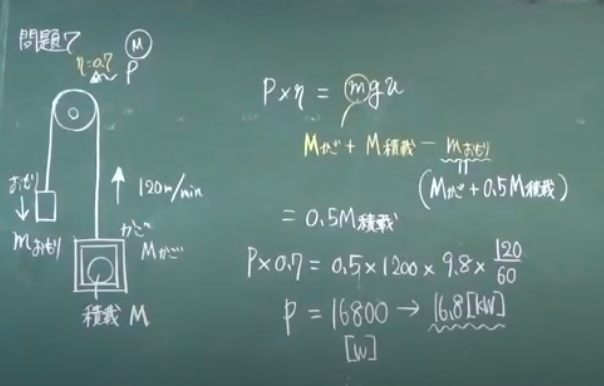Decentralized Autonomous Organization (DAO)
What Was the Decentralized Autonomous Organization (DAO)?
One of the major features of digital currencies is that they are decentralized. This means they are not controlled by a single institution like a government or central bank, but instead are divided among a variety of computers, networks, and nodes. In many cases, virtual currencies make use of this decentralized status to attain levels of privacy and security that are typically unavailable to standard currencies and their transactions.
Inspired by the decentralization of cryptocurrencies, a group of developers came up with the idea for a decentralized autonomous organization, or DAO, in 2016.1
KEY TAKEAWAYS
The DAO was an organization created by developers to automate decisions and facilitate cryptocurrency transactions.
In June 2016, due to programming errors and attack vectors, hackers attacked the DAO, accessing 3.6 million ETH.
Digital exchange currencies de-listed the DAO token in September 2016.
Understanding the Decentralized Autonomous Organization (DAO)
The DAO was an organization that was designed to be automated and decentralized. It acted as a form of venture capital fund, based on open-source code and without a typical management structure or board of directors. To be fully decentralized, the DAO was unaffiliated with any particular nation-state, though it made use of the ethereum network.
Why make an organization like the DAO? The developers of the DAO believed they could eliminate human error or manipulation of investor funds by placing decision-making power into the hands of an automated system and a crowdsourced process. Fueled by ether, the DAO was designed to allow investors to send money from anywhere in the world anonymously. The DAO would then provide those owners tokens, allowing them voting rights on possible projects.
The DAO launched in late April 2016 thanks to a month-long crowdsale of tokens that raised more than $150 million in funds.2 At the time, the launch was the largest crowdfunding fundraising campaign of all time.
Criticisms of the DAO
By May 2016, the DAO held a massive percentage of all ether tokens that had been issued up to that point (up to 14%, according to reporting by The Economist).3 At roughly the same time, however, a paper was published which addressed several potential security vulnerabilities, cautioning investors from voting on future investment projects until those issues had been resolved.
Later, in June 2016, hackers attacked the DAO based on these vulnerabilities. The hackers gained access to 3.6 million ETH, worth about $50 million at the time.4 This prompted a massive and contentious argument among DAO investors, with some individuals suggesting various ways of addressing the hack and others calling for the DAO to be permanently disbanded. This incident also figured prominently in the hard forking of ethereum that took place shortly thereafter.
According to IEEE Spectrum, the DAO was vulnerable to programming errors and attack vectors.5 The fact that the organization was charting new territory in terms of regulation and corporate law likely did not make the process any easier. The ramifications of the structure of the organization were potentially numerous: investors were concerned that they would be held liable for actions taken by the DAO as a broader organization.
The DAO operated in murky territory about whether or not it was selling securities, as well. Further, there were long-standing issues regarding the way that the DAO would function in the real world. Investors and contractors alike needed to convert ETH into fiat currencies, and this could have impacted the value of ether.
Following the contentious argument over the DAO's future and the massive hacking incident of earlier in the summer, in September 2016, several prominent digital currency exchanges de-listed the DAO token, marking the effective end for the DAO as it was initially envisioned.67
In July 2017, the Securities and Exchange Commission (SEC) issued a report, which determined that the DAO sold securities in the form of tokens on the ethereum blockchain, violating portions of US securities law.8
DAO(Decentralized Autonomous Organization)とは何だったのか?
デジタル通貨の大きな特徴の1つは、分散型であることです。つまり、政府や中央銀行といった単一の機関が管理するのではなく、さまざまなコンピュータやネットワーク、ノードに分散して管理されているのです。多くの場合、仮想通貨はこの分散型であることを利用して、標準的な通貨やその取引では通常利用できないレベルのプライバシーとセキュリティを実現しています。
暗号通貨の分散化に触発された開発者グループは、2016年に分散型自律組織(DAO)のアイデアを思いつきました1。
キーテイクアワーズ(KEY TAKEAWAYS
DAOは、意思決定を自動化し、暗号通貨の取引を促進するために開発者たちが作った組織でした。
2016年6月、プログラミングのミスや攻撃ベクトルにより、ハッカーがDAOを攻撃し、360万ETHにアクセスした。
デジタル交換通貨は2016年9月にDAOトークンの上場を解除しました。
DAO(分散型自律組織)の理解
DAOは、自動化・分散化を目的とした組織であった。オープンソースコードに基づき、典型的な管理構造や取締役会を持たない、ベンチャーキャピタルファンドの一形態として機能した。完全に分散化するために、DAOはイーサリアムネットワークを利用するものの、特定の国家とは無関係であった。
なぜDAOのような組織をつくったのか?DAOの開発者は、意思決定の権限を自動化されたシステムとクラウドソースプロセスに委ねることで、人為的なミスや投資家の資金操作を排除できると考えたからだ。エーテルを燃料とするDAOは、投資家が世界のどこからでも匿名で送金できるように設計されています。そして、DAOはその所有者にトークンを提供し、可能性のあるプロジェクトに対する議決権を与える。
DAOは2016年4月下旬、1億5000万ドル以上の資金を集めた1カ月にわたるトークンのクラウドセールによって発足した2。当時、この発足はクラウドファンディングの資金調達キャンペーンとしては史上最大規模だった。
DAOに対する批判
2016年5月までに、DAOはそれまでに発行された全エーサートークンの膨大な割合(The Economistの報道によると最大14%)を保有していた3。しかしほぼ同時期に、いくつかの潜在的なセキュリティ脆弱性を取り上げた論文が発表され、これらの問題が解決されるまで投資家は今後の投資プロジェクトに投票しないよう注意された。
その後、2016年6月に、ハッカーがこれらの脆弱性に基づいてDAOを攻撃しました。このハッカーは、当時約5,000万ドル相当の360万ETHにアクセスし、DAOの投資家の間で大規模な論争を引き起こし、ある者はハッキングへの様々な対処法を提案し、別の者はDAOを永久に解散させることを要求したのです。この事件は、その後間もなく起こったイーサリアムのハードフォークにも大きく関わっています。
IEEE Spectrumによると、DAOはプログラミングエラーや攻撃ベクトルに対して脆弱であったという。5 規制や会社法の面で新しい領域を開拓していたという事実は、このプロセスを容易なものにはしなかったと思われる。投資家は、より広い組織としてのDAOが行った行為に対して責任を負わされることを懸念していたのです。
DAOは、証券を販売しているかどうかについても、不透明な領域で運営されていた。さらに、DAOが現実の世界で機能する方法についても、長年の問題があった。投資家も業者もETHを不換紙幣に交換する必要があり、これがイーサーの価値に影響を与える可能性があったのだ。
DAOの将来をめぐる論争と夏前の大規模なハッキング事件を受けて、2016年9月、複数の著名なデジタル通貨取引所がDAOトークンの上場を解除し、当初想定されていたDAOの実質的な終焉を告げた67。
2017年7月、証券取引委員会(SEC)は報告書を発表し、DAOがイーサリアムブロックチェーン上でトークンの形で証券を販売し、米国証券法の一部に違反したと判断した8。
Future of the DAO
What does the future hold for the DAO? The DAO as originally envisioned had not returned as of mid-2020. Nonetheless, interest in decentralized autonomous organizations as a broader group continues to grow. In 2021, The Maker Foundation, an icon in the crypto industry as the original champion of DAO, announced that it was officially turning operations over to MakerDAO (creator of the DAI stablecoin) and would dissolve by the end of the year.9
While there are many lingering concerns and potential issues regarding legality, security, and structure, some analysts and investors believe that this type of organization will eventually come to prominence, perhaps even replacing traditionally structured businesses.
Dash
The popular digital currency Dash is an example of a decentralized autonomous organization because of the way it is governed and the way its budgeting system is structured. It may only be a matter of time before additional DAOs enter the field.
Investing in cryptocurrencies and other Initial Coin Offerings ("ICOs") is highly risky and speculative, and this article is not a recommendation by Investopedia or the writer to invest in cryptocurrencies or other ICOs. Since each individual's situation is unique, a qualified professional should always be consulted before making any financial decisions. Investopedia makes no representations or warranties as to the accuracy or timeliness of the information contained herein. As of the date that this article was written, the author owns cryptocurrencies.
DAOの未来
DAOの将来はどうなるのだろうか。当初想定されていたDAOは、2020年半ばの時点で復活していない。それでも、より広いグループとしての分散型自律組織への関心は高まり続けている。2021年、DAOのオリジナルチャンピオンとして暗号業界の象徴であるThe Maker Foundationは、正式にMakerDAO(DAI安定コインの作成者)に運営を譲り、年内に解散すると発表した9。
合法性、セキュリティ、構造に関して多くの懸念や潜在的な問題が残っているが、一部のアナリストや投資家は、この種の組織がいずれ注目を集め、おそらく従来の構造のビジネスに取って代わると考えている。
Dash
人気のデジタル通貨Dashは、その統治方法と予算編成の仕組みから、分散型自律組織の一例と言える。DAOがさらに増えるのは時間の問題かもしれない。
暗号通貨やその他のイニシャル・コイン・オファリング(「ICO」)への投資は、非常にリスクが高く投機的であり、この記事は、インベストペディアや筆者が暗号通貨やその他のICOへの投資を勧めるものではありません。各個人の状況はそれぞれ異なるため、金融上の決定を行う前に必ず資格のある専門家に相談する必要があります。インベストペディアは、ここに含まれる情報の正確性や適時性について、いかなる表明や保証をするものではありません。この記事が書かれた日付で、著者は暗号通貨を所有しています。
<参考記事>





